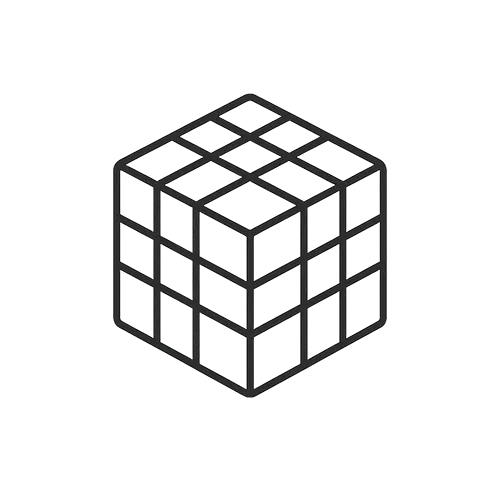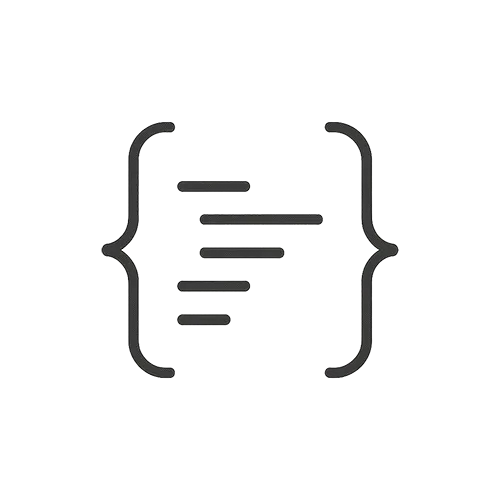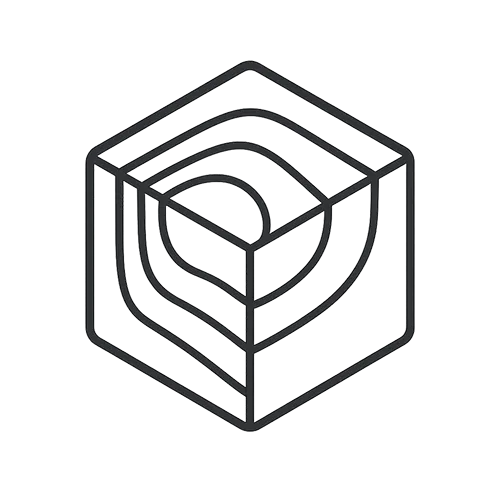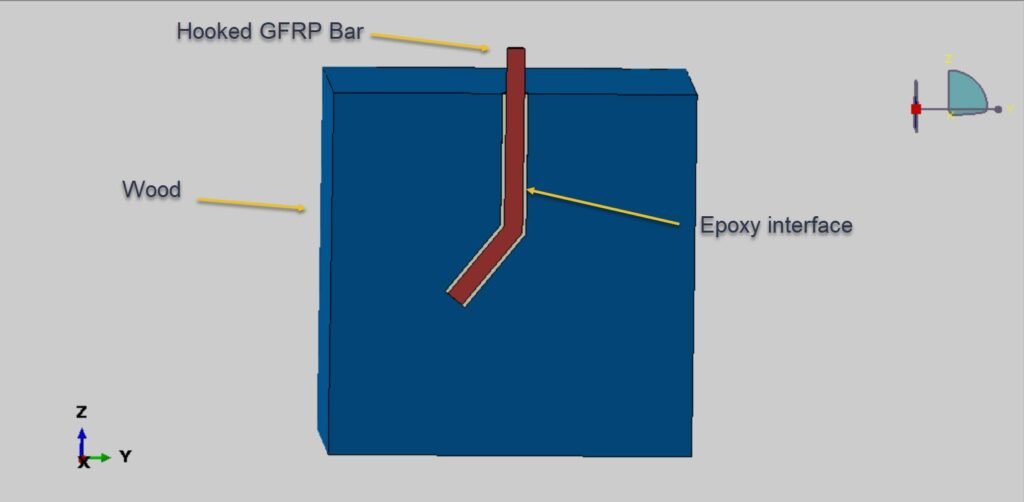Packages & Tutorials
Engineering Files & Tools
Software

Ready-to-use Models (FEA/CFD)

Excel Sheets & Hand Calculations










The Pull-Out Test is a widely used experimental method to assess the bond behavior between reinforcement materials and a substrate, such as glass fiber-reinforced polymer (GFRP) bars embedded in timber using epoxy adhesives. This method provides valuable insights into the load transfer mechanisms, bond strength, and failure modes at the interface between the bar, adhesive, and wood substrate. With the increasing use of FRP reinforcements in structural timber retrofitting, understanding these interactions through numerical modeling has become crucial.
In simulation, this test is replicated using finite element modeling (FEM) or other computational methods to predict how the materials behave under tensile loading conditions. The simulation aims to reproduce the pull-out behavior of the GFRP bar, accounting for the material properties of timber, GFRP, and epoxy, along with the interfacial bond-slip relationship.
Material Modeling:
Timber: Treated as an orthotropic, anisotropic material due to its grain structure. Modeling must account for directional stiffness and strength.
GFRP Bars: Typically modeled as linear elastic or orthotropic, depending on complexity.
Epoxy Adhesive: May be modeled as a linear elastic or elasto-plastic material with cohesive properties, often using cohesive zone models (CZM) to simulate interface failure.
Interface Behavior:
Cohesive elements or contact models are used to simulate the interaction between epoxy and both the timber and the GFRP bar. In this example, the Concrete Damaged Plasticity is selected to demonstrate the behavior of epoxy interface as the cohesive interaction between wood and GFRP in this paper: Glued-in CFRP and GFRP rods in block laminated timber subjected to monotonic and cyclic loading
Geometry and Boundary Conditions:
The GFRP bar is partially embedded into a timber block with epoxy.
The model replicates the setup of the experimental pull-out test, with fixed boundary conditions at one end and a displacement or load applied at the free end of the bar.
Failure Mechanisms:
Interfacial debonding
Timber splitting or crushing
Epoxy cracking or yielding
Simulation of the pull-out test for GFRP bars in timber with epoxy bonding is a powerful tool that complements experimental research. It enables a deeper understanding of the complex bond interactions at the interface of composite reinforcements and natural materials like wood. Accurate modeling supports better engineering design and enhances the durability and performance of FRP-reinforced timber structures


Dynamic
€1,00 €0,00
See more

Want to receive push notifications for all major on-site activities?